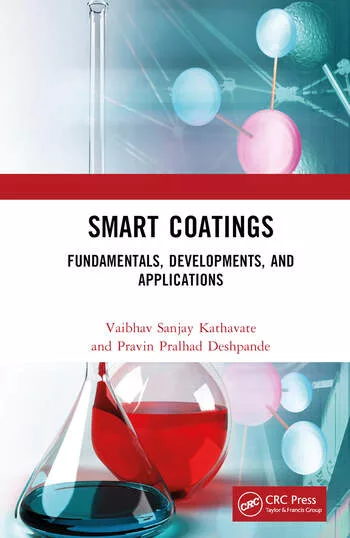German Researchers Work on Self-Healing Surfaces
STUTTGART, Germany - The engineer's dream of self-healing surfaces has taken another step towards becoming reality as researchers have produced an electroplated layer that contains tiny nanometer-sized capsules. If the layer is damaged, the capsules release fluid and repair the scratch.
Engineers are working to introduce evenly distributed fluid-filled capsules into the electroplated layer – rather like raisins in a cake. If the layer is damaged, the pellets at the point of damage burst and the fluid runs out and repairs the scratch. Until now, these plans have failed due to the size of the capsules; at 10 to 15 micrometers, they were too large for the electroplated layer, which is around 20 micrometers thick. At that size, the capsules altered the mechanical properties of the layer.
Researchers from the Fraunhofer Institute for Manufacturing Engineering and Automation IPA in Stuttgart, Germany, together with colleagues from Duisburg-Essen University, have developed a process for producing electroplated layers with nano-capsules, in a project being financed by the Volkswagen Foundation. At only a few hundred nanometers in diameter, the capsules are measured on another scale entirely.
“The challenge lies in not damaging the capsules when producing the electroplated layer: the smaller the capsules, the thinner and more sensitive their casing. The electrolytes used for these electroplated-technical processes are extremely aggressive chemically and can easily destroy the capsules,” said Dr. Martin Metzner, Head of Department at IPA. Therefore, the researchers had to find a compatible material for the capsule casing depending on the electrolytes used.
Mechanical bearings are one example of possible applications. The materials of the bearings usually have an electroplated coating in which the capsules can be embedded. If there is a temporary shortage of lubricant and part of the bearing’s coating is lost, the capsules at the top of the layer burst and release lubricant. The bearing is not damaged if it temporarily runs dry. The researchers have produced the first copper, nickel and zinc coatings with the new capsules, although surface coverage does not extend beyond the centimeter scale. Experts estimate that it will be another one and a half to two years before whole components can be coated. In a further step, the team worked on more complex systems involving differently filled capsules, for example, whose fluids react with one another like a two-component adhesive.
Looking for a reprint of this article?
From high-res PDFs to custom plaques, order your copy today!






